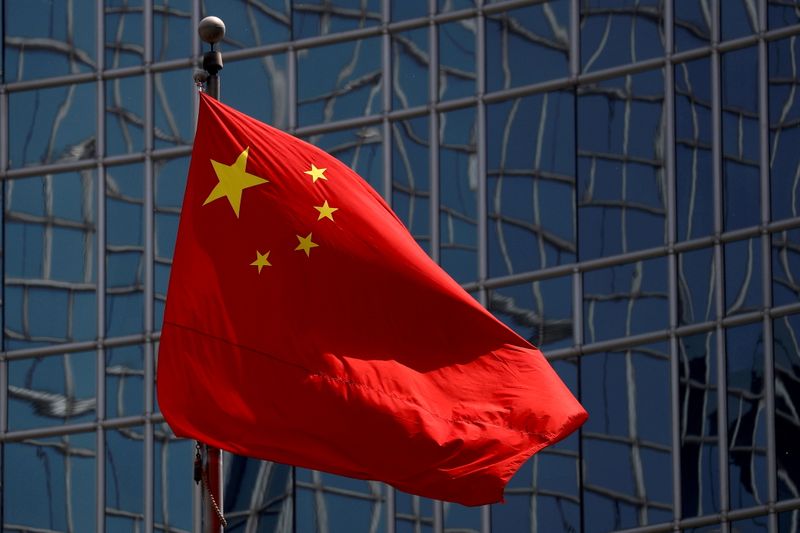By Hyonhee Shin
SEOUL (Reuters) - China reportedly tested a nuclear-capable hypersonic glide vehicle from an near-orbital trajectory in August, amid an intensifying race for the next generation of long-range weapons that are harder to detect and intercept.
The United States and Russia have conducted tests of hypersonic weapons in recent months, and North Korea said last month it had tested a newly developed hypersonic missile.
HOW THE MISSILE WORKS
Hypersonic missiles travel at more than five times the speed of sound in the upper atmosphere - or about 6,200 km per hour (3,850 mph). This is slower than an intercontinental ballistic missile, but the shape of a hypersonic glide vehicle allows it to manoeuvre toward a target or away from defences.
Combining a glide vehicle with a missile that can launch it partially into orbit - a so-called fractional orbital bombardment system (FOBS) - could strip adversaries of reaction time and traditional defences mechanisms.
Intercontinental ballistic missiles (ICBMs), by contrast, carry nuclear warheads on ballistic trajectories that travel into space but never reach orbit.
Both the U.S. and USSR studied FOBS during the Cold War, and the USSR deployed such a system starting in the 1970s. It was removed from service by the mid-80s. Submarine-launched ballistic missiles had many of the advantages of FOBS - reducing detection times and making it impossible to know where a strike would come from - and were seen as less destabilising than FOBS.
WHO LEADS THE RACE
The Financial Times reported on Saturday that China had launched a rocket carrying a hypersonic glide vehicle that flew through space, circling the globe before cruising down toward its target, which it missed by about two dozen miles.
In July, Russia successfully tested a Tsirkon (Zircon) hypersonic cruise missile , which President Vladimir Putin touted as part of a new generation of missile systems. Moscow also tested the weapon from a submarine for the first time.
The United States said in late September that it had tested an air-breathing hypersonic weapon - meaning it sustain flight on its own through the atmosphere like a cruise missile - marking the first successful test of that class of weapon since 2013.
Days after the U.S. announcement, North Korea fired a newly developed hypersonic missile, calling it a "strategic weapon" that boosted its defence capabilities, though some South Korean analysts described the test as a failure.
WHY IT MATTERS
The recent tests are the moves in a dangerous arms race in which smaller Asian nations are striving to develop advanced long-range missiles, alongside major military powers.
Hypersonic weapons, and FOBS, could be a concern as they can potentially evade missile shields and early warning systems.
Some experts cautioned against hype surrounding missiles such as the one China tested in August.
"China already has ~100 nuclear-armed ICBMs that can strike the U.S.," said Jeffrey Lewis, a missile specialist at the U.S.-based James Martin Center for Nonproliferation Studies, responding to the FT report on Twitter (NYSE:TWTR). "Although the glider is a nice touch ... this is an old concept that is newly relevant as a way to defeat missile defences."
